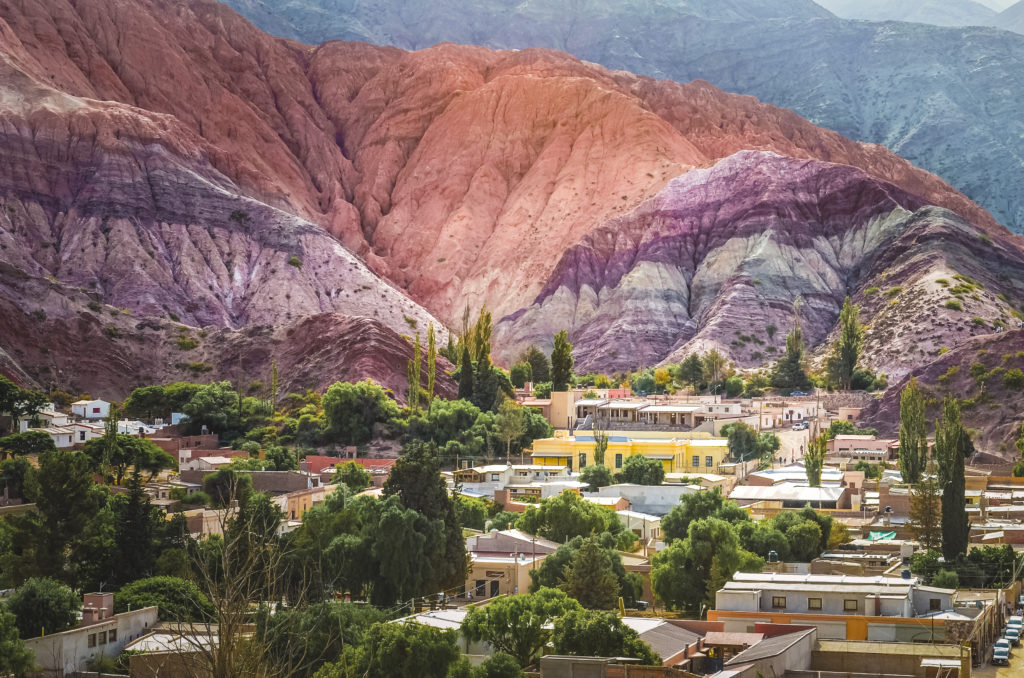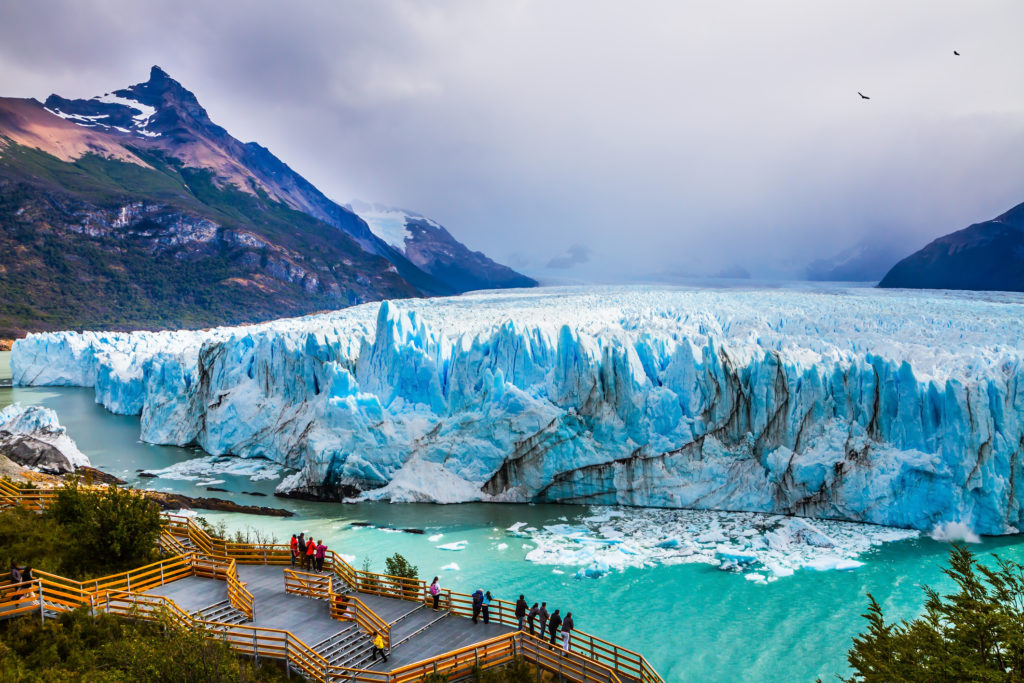A lot of people wonder many things about Argentinian Spanish. In this guide, we’re gonna tell you all the facts you want to know about why and how is it that we speak Spanish in Argentina, from an Argentinian herself. Let’s go!
Argentina speaks Spanish because Spain colonised it in the 1500s. Spanish in Argentina has modified with the years because of migration into the country, and the variant is now called español rioplatense. Argentina is the largest Spanish speaking country by land extension.
When I meet new people and tell them I’m from Argentina, I get a bunch of different questions, so I’m gonna try to answer them all here. Read until the end because this article includes a brief overview of Argentina’s independence, its population, and the main difference between Spanish from Argentina and Spanish from Spain.

Does Argentina speak Spanish?
I mean, yes. It’s (approximately) 43 millions of us and Spanish is our mother tongue. Our accent is similar but not the same to our neighbours Uruguay and Chile, and completely different to Mexicans and Spanish.
I’ll tell you about that later and go into more details about it.
Why does Argentina speak Spanish?
Argentina speaks Spanish because it was colonized by Spain in the 1500s. The Spanish Empire first arrived in current Argentinian territory in 1516, and stayed until the revolution that expulsed them in 1810.
Of course, history is quite complex and although the Spanish didn’t actually occupy the entire modern Argentina, Spanish is the language spoken since then. As in every colonised territory, many native tongues were wiped and although a few remain, they’re not nation-wide spoken.
What language did Argentina speak before Spanish?
Before colonisation different tribes habited the territory, and all of them had their own language, some of them being guaraní, quechua and aimara.
These languages correspond to the namesake native populations, that still exist although in a less extent than originally.
These are only three of the many native tongues that existed. If you’re interested in the topic I recommend you reading this book with information on languages all around the world.
Who freed Argentina from Spanish rule?
The May 1810 Revolution in Argentina was carried out by intellectuals, politicians and statesmen at the time that wanted to unite the provinces and free themselves from Spanish rule. Some of them were Jose de San Martin and Manuel Belgrano.
The 1776 United States Declaration of Independence served as inspiration for revolution and independence in the rest of the American continent.
Independence came on July 9, 1816 after a series of battles that freed the country from she Spanish Kingdom.
Is Argentina Spanish or Portuguese?
Argentina has been an independent country since July 9, 1816. But before that, it was colonised by Spain.
The Portuguese Empire seized modern Brazil, therefore Brazilians speak Portuguese. Brazil got its independence on September 7, 1822.
What does Argentina mean in Spanish?
The word ‘Argentina’ comes from the latin argentum, which means silver. It comes from the proximity of the country to the river Río de la Plata.
The name Argentina was first observed in cartography in the year 1544 and has been adapting until the country wrote its constitution, since when the official name is República Argentina (Republic of Argentina).

What percentage of Argentina is Spanish?
Ethnic composition in Argentina is very complex, wide and diverse. Before colonisation, Argentinian territory was formed by a variety of native tribes.
This process wiped them in big quantities, although did not completely erased them, because some of these native peoples such as guaraníes still habit the north of the country.
A big migratory wave occurred around the 1860s, when a lot of population from Europe as well as Western Asia arrived.
There was, as well, another big migratory wave into the country in the 1940s after the Second World War, mostly from Italy and Spain, who was also undergoing a Civil War at the moment.
Thus, the population in Argentina is nowadays around 67% of European descent, while around 27% are Native Americans.
A small percentage of West African and East Asians also composes the ethnicity in the country.
Is Argentina the smallest Spanish speaking country?
Definitely not. In fact, Argentina is the 8th biggest country in the world by land mass, which would actually make it the largest Spanish speaking country by land extension.
The biggest Spanish country by population is Mexico, which has 128.9 million inhabitants.
What type of Spanish is spoken in Argentina?
The Spanish variant spoken in Argentina and also Uruguay is called español rioplatense.
We need to be clear in that the Spanish spoken in Argentina is understandable within all the Spanish speaking community.
In fact, if a Mexican, a Chilean, an Argentinian, a Colombian and a Spanish shared a conversation, we’d all be able to understand each other.
Of course, we might make fun of each other’s accents and lose some slang-type words, but the language is the same.
The main difference with the Spanish spoken in Argentina and the one spoken in Spain are the grammatical 2nd person singular (we use vos instead of tú) and the 2nd person plural (we use ustedes instead of vosotros). Sounds confusing? Don’t worry, I’ll cover it all in another post, so stay tuned to that.
What is someone from Argentina called in Spanish?
In Spanish, the words for Argentinian are Argentino or Argentina, in masculine and feminine pronouns, respectively.

What is Argentinian Spanish called?
The Spanish from Argentina is called, in Spanish, español rioplatense. It is also spoken throughout Uruguay, in fact, it’s difficult to grasp when you speak to someone with that accent whether they come from Argentina or Uruguay.
Chances are the person is Argentinian, but only because the population is quite greater than Uruguayan.
This version of Spanish derives 100% from castillian spanish, the one spoken in Spain. I’ll go through the differences in a different post, because it’s a very extense topic.